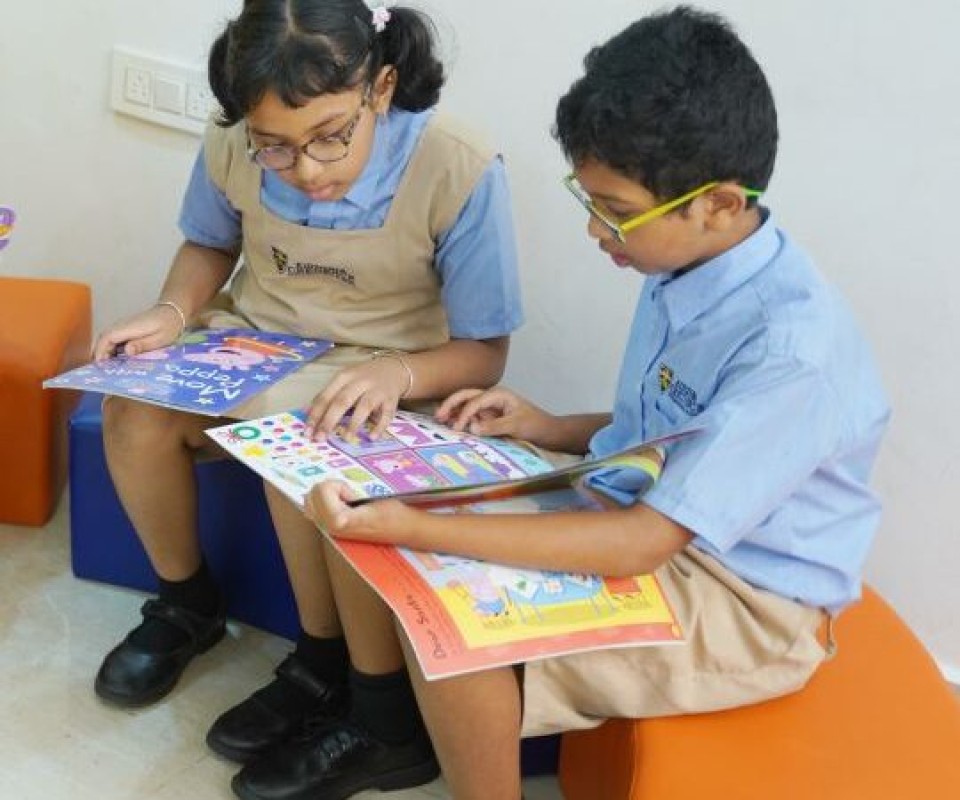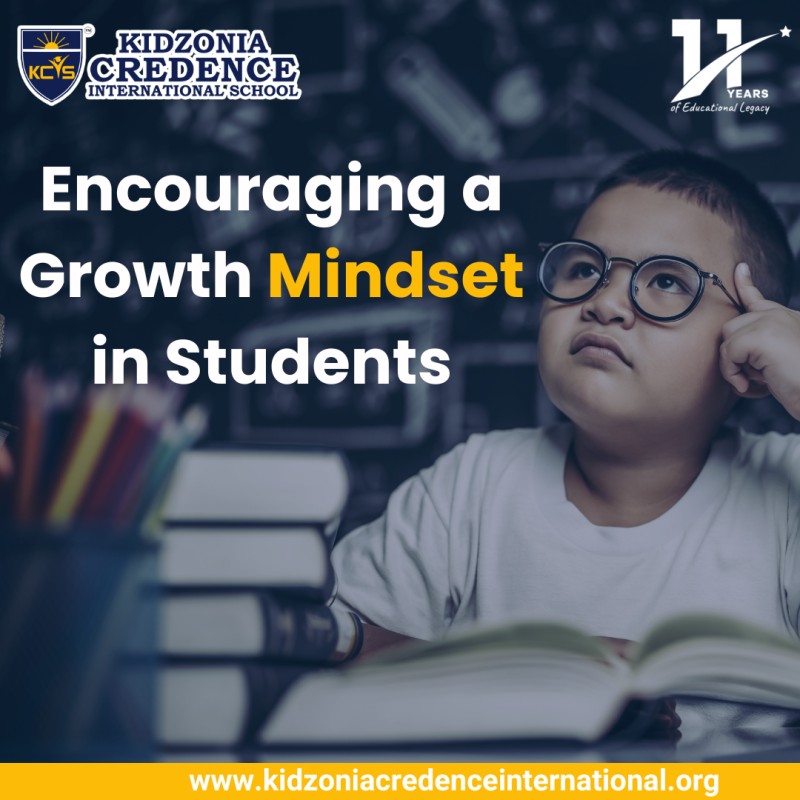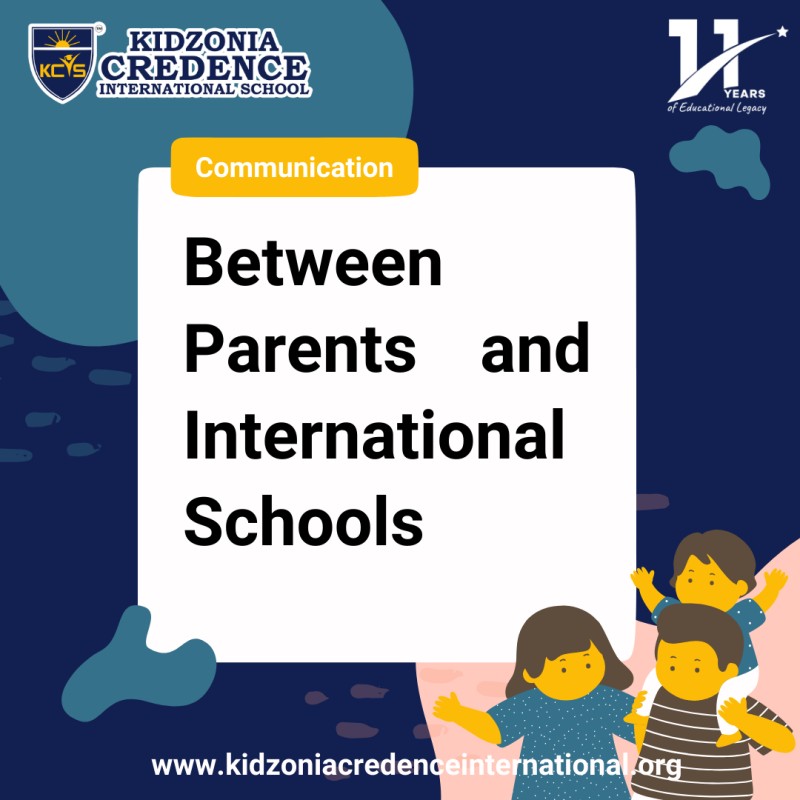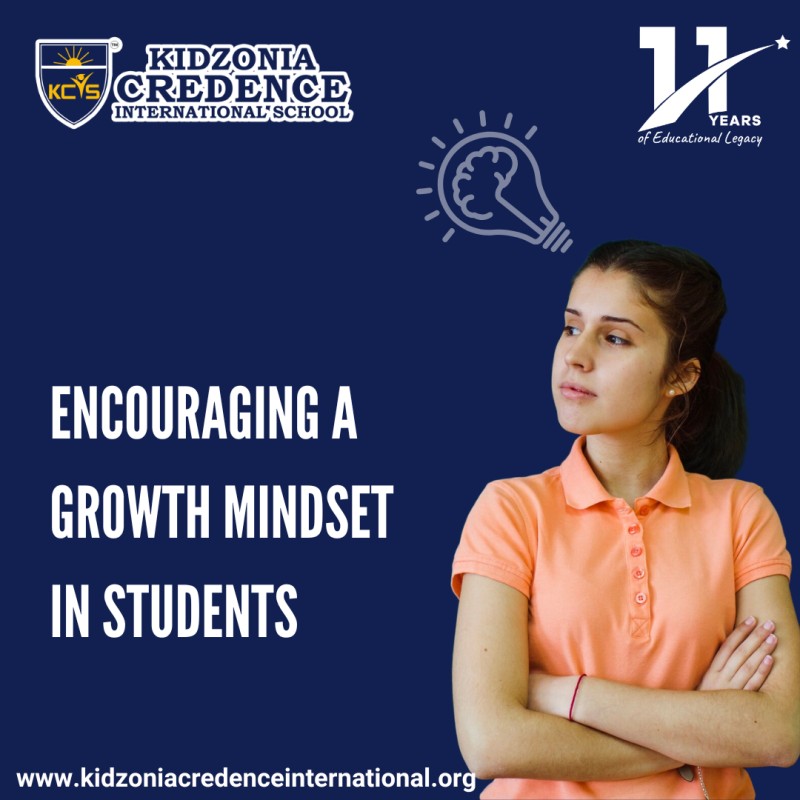By KIDZONIA
Love For Learning In Children

Love of learning means a passion for learning, a desire to learn just for learning’s sake, a desire to explore new ideas and learn something new and interesting and a desire to hold on to and deepen that information. It is a strength that teachers would like to see in their students and parents want to encourage in their children. It has important motivational consequences because it helps children persist through challenges, setbacks and negative feedback. Children who develop a love of learning at an early age continue the process throughout their lives and are generally more successful, interesting and happier than those who don’t.
Young children innately like to learn. From an early age, they begin exploring the world around them. They may not be thinking to themselves, “I am learning,” but that is exactly what they are doing as they investigate everything they come in contact with. Young children know how to take the smallest observation, object or surprise and turn it into a learning experience. They are curious and want to find out the what, where, how, and why of everything around them.
We @KCIS understand that learning is not just teaching children specific topics or subject matter. It is a process and a series of experiences that lead to the great “aha!” moments of life. Although it is important for children to get good grades and take initiative towards academic achievement, instilling a love of learning is a gift they will have for a life. By teaching children to love learning we are encouraging them to become Life Long Learners. As they become adults, they will be intrigued about new things and want to explore the world in an infectious way.
@KCIS this is how we take on this task to instill love for learning in children:
Meet the Challenge: We make sure that we create a classroom climate that encourages investigation and collaboration. We foster a love of learning not so much by the special materials or activities, but through a responsive, inquisitive attitude. We provide plenty of time for open-ended, constructive play every day to create opportunities for children to explore the joy of learning. At the same time, we extend children’s learning experiences by engaging children in meaningful conversations about their activities. With great open-ended questions and discussions, we invite children to develop their own ideas and construct their own learning by expanding, clarifying, and developing their thinking. It’s important to note that it is not just children’s engagement in activities that is important. It is the skillful and conscious interactions with children that constructs knowledge and builds a love of learning.
We Observe, Listen and Watch: We observe children’s interactions with one another and with materials, keeping in mind the need for materials that interest and inspire visual, auditory, and tactile/kinesthetic learners. We use this information to incorporate children’s interests into the daily program. By respecting children’s processes, we foster a sense of independence in children that builds confidence and skills.
We Support, Encourage and Accept: We inspire a classroom tone that welcomes children’s original ideas, accept all contributions equally, and at the same time are sensitive to individual abilities. In this safe and secure atmosphere, children can feel free to express their ideas without fear of being wrong, or of not being taken seriously. We use praise to build on children’s strengths and abilities so that all children see themselves as successful learners.
We Facilitate, Inspire and Assist: We know when to ask an open-ended question or add a new material to inspire children to move to higher levels of thinking and problem solving. We invite children to think creatively, fluently, and critically with question starters such as: “How many ways can you…?” or “What will happen if…?”
We Make Learning Fun: We make learning of all the subjects more fun through songs, academic games and creative activities. We incorporate art projects, music, or creative writing into just about any academic subject. For instance: Create a song about the water cycle, or write a story from the perspective of a tadpole as he transforms into a frog, Build a model of the solar system using materials you find around the house or classroom and so on.
We Provide Hands-On Experiences: Again and again, research has shown that hands-on learning is the most effective for children. When children move, touch, and experience, they learn better.
For instance, studies show that children who act out a mathematical word problem are more likely to answer correctly than children who don’t. Not only does hands-on learning help children process information, but it is also a more enjoyable way to learn.
Most children simply don’t enjoy reading from a textbook, copying notes, or “learning” through rote memorization. Experiences and hands-on activities, however, will spark a child’s interest and imagination. So we incorporate movement, interaction, and tactile experiences in the classroom as much as possible. One simple and effective way we do this is through the use of manipulatives. (Manipulatives are physical objects that are used as teaching tools to engage students in the hands-on learning of mathematics) We use manipulatives to introduce, practice, or remediate a concept. If we are teaching basic addition, for example, we have students count using any object, like crayons or marbles. When teaching classification, we have students sort blocks of different shapes and colors. If our children are learning about animals we take them to visit a zoo, if they are learning about planets we take them to a planetarium and so on.
We are Supportive and Encouraging: One reason many children lose their love of learning is that they begin to associate learning with anxiety and pressure. They’re worried about getting a bad grade, answering a question wrong or failing the test. When learning is only about outcomes, it is no longer fun. So we make learning more about the process and the effort that a child puts into his work. Children are praised for their effort instead of their ability.
Demonstrate Passion: Our teachers show passion and enthusiasm for the subjects they teach. If they aren’t excited about it, students won’t be either. We believe a teacher who seems genuinely enthusiastic about the subject he or she teaches can engage students and spark their interest.
“If we succeed in giving the love of learning, the learning itself is sure to follow.”
John Lubbock












